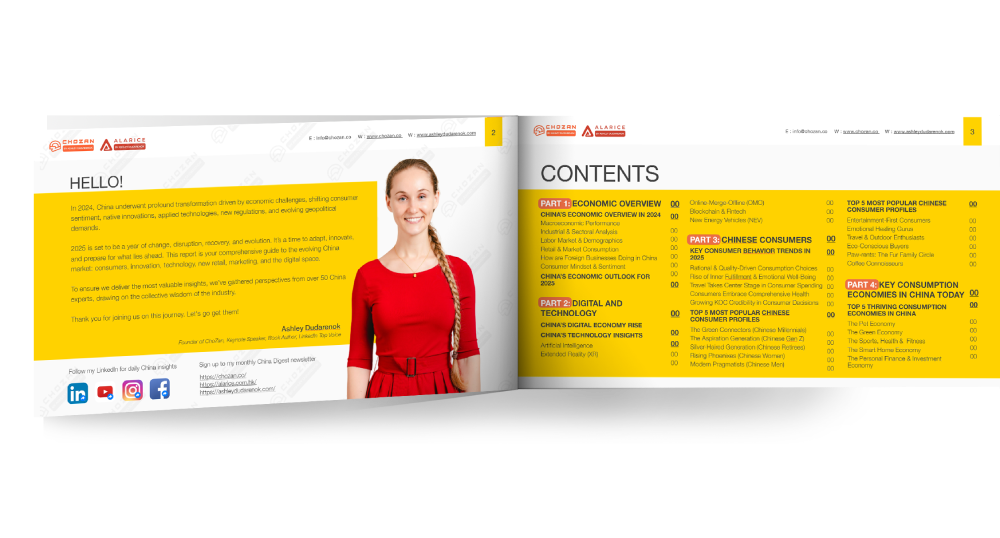Introducing The Ultimate Guide To Preventing And Dealing With Pr Crises In China
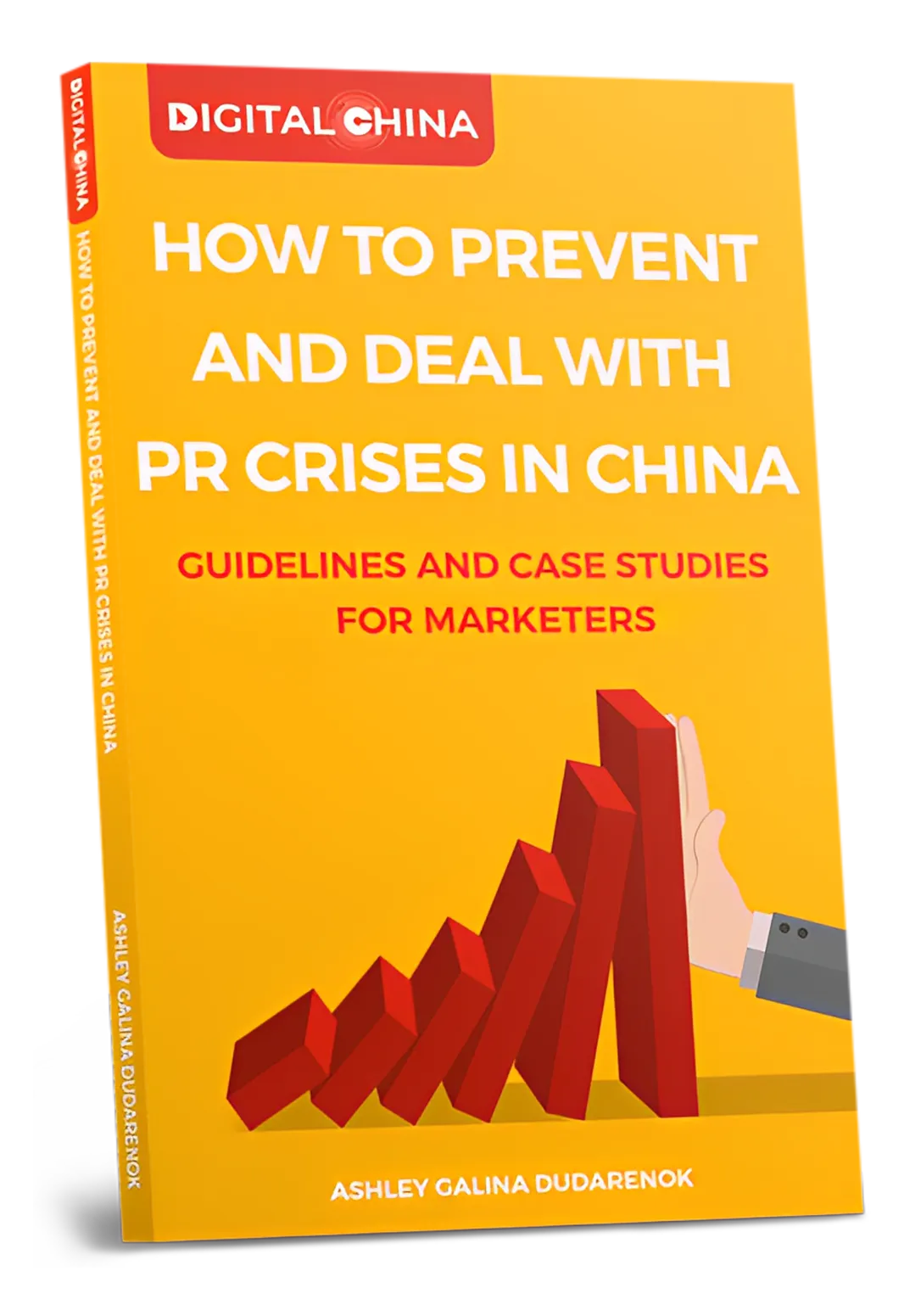
Welcome to ChoZan’s curated collection of game-changing books designed to guide businesses through China’s rapidly evolving digital landscape. Public relations crises can emerge unexpectedly, and effective management is essential for any brand, particularly in the complex Chinese market. With its rapid growth and unique cultural dynamics, China poses distinct challenges for foreign brands striving to establish a positive image. The country’s specific political, social, and cultural sensitivities mean that a PR crisis can have significant repercussions if mishandled.
The book “How to Prevent and Deal with PR Crises in China” serves as a comprehensive resource for businesses navigating these challenges. It provides practical strategies to help companies avoid common mistakes, address crises as they occur, and rebuild public trust. Using real-world examples, the book outlines potential issues that could trigger a crisis, offers guidance on effective responses, and details how to restore a brand’s reputation.
Whether you are a large multinational corporation or a startup entering the Chinese market, this book equips you with essential tools and insights to manage risks and maintain a positive brand image. It emphasizes proactive measures to protect your business against the unique PR challenges in China, covering crucial topics such as cultural understanding, legal considerations, and best practices for crisis communication.
By comprehensively understanding the landscape and preparing for potential PR issues, businesses can position themselves for long-term success in China and beyond. This book is an invaluable resource for any brand aiming to enhance its reputation, avoid costly errors, and foster lasting relationships with Chinese consumers.

What’s Inside The Book
This book explores the most common causes of PR crises in China and provides practical advice on how to prevent them. From cultural misunderstandings and political sensitivities to handling public scandals and social media backlash, this resource covers a wide range of issues that can impact a brand’s reputation in the region.
You’ll find expert advice on how to:
Understand Cultural Sensitivities: Learn about critical cultural issues brands often overlook, such as the the importance of respecting for territorial integrity and avoiding cultural faux pas.
Handle Crisis Situations: Step-by-step guidelines for managing a PR crisis in China, including crafting effective apologies and utilizing local platforms like Weibo and WeChat.
Use Social Media Wisely: Master the art of social media communications to avoid PR nightmares, emphasizing the importance of swift and clear communication.
The book includes case studies from brands like Versace, Delta Airlines, and Tiffany, illustrating how different companies have navigated PR crises in China. These real-life examples provide invaluable lessons for avoiding similar pitfalls.

WHY IT MATTERS
This mini book equips companies with essential tools to avoid public relations pitfalls when operating in China. Navigating this dynamic market requires a deep understanding of local culture, politics, and social issues to safeguard your brand’s reputation.
Every culture has sensitive topics that can lead to backlash if mishandled. For instance, in the U.S., issues like gun control and racism are divisive. In Spain, discussions about language and governance can provoke strong reactions. Similarly, China has its own set of politically and culturally sensitive issues, such as territorial integrity and social class divides. Brands that mishandle these topics risk offending authorities and consumer groups, leading to potential crises.
This book addresses not only dramatic PR disasters but also simpler mistakes that can escalate into larger problems, such as mistranslations and tone-deaf marketing campaigns.
Challenges In The Chinese Market
China has its own set of politically and culturally sensitive issues, ranging from territorial integrity to social class divides. Brands that mishandle these topics risk offending government authorities and local onsumer groups, potentially escalating into PR crises.
This book addresses not only dramatic PR disasters but also simpler mistakes that can snowball into larger problems. Common pitfalls include mistranslations, unsuccessful marketing campaigns, and tone-deaf product launches.
Practical Advice For Success
What this book offers is practical advice on how to avoid mistakes. It provides insights into the cultural context of China, offering a roadmap for navigating sensitive consumer behavior and expectations.
Importantly, this book encourages bold strategies while emphasizing the need to understand how your brand’s actions might be perceived in China. If your values conflict with China’s stances, this book helps assess whether China should be a key market for your brand.
Overcoming Challenges
Despite your best efforts, challenges will arise. Even well-established brands face PR crises. However, being informed, flexible, and culturally sensitive will increase your chances of successful navigation.
The author’s extensive experience in the Chinese market, having helped over 300 brands in 12 years, lends reliability to the strategies presented. Drawing from real-world experiences and case studies, this book offers practical solutions for managing PR crises and preventing them from occurring.
Key Highlights: Essential Strategies For Pr Crisis Management In China
UNDERSTAND CULTURAL NUANCES
In China, certain issues related to territorial integrity, political sensitivities, and social unrest can quickly ignite a public relations disaster. This book provides a thorough understanding of these issues, offering practical advice on how to navigate these complex cultural dynamics.
SOCIAL MEDIA IS CRUCIAL
Platforms like Weibo and WeChat are vital to communication in China, and your brand’s response to a crisis will be shaped by how quickly and transparently you act on these platforms.
TRANSPARENCY AND APOLOGY
A sincere apology goes a long way in China. Learn how to craft a public apology that resonates with Chinese consumers and aligns with local expectations for accountability
CASE STUDIES AND LESSONS
Real-world examples from brands like Muji, Versace, and Delta Airlines illustrate how brands have handled PR crises (or failed to do so) in China. These case studies serve as cautionary tales and provide invaluable lessons.
Key Takeaways: Mastering Pr Crisis Management In China

CULTURAL SENSITIVITY IS KEY
Always be aware of local sensitivities and adjust your messaging accordingly. What works in the West may not work in China.

BE PREPARED FOR SWIFT ACTION
In China, PR crises escalate quickly. The key to minimizing damage is quick, transparent communication.

APOLOGIES MUST BE SINCERE AND PUBLIC
A well-timed, genuine apology can help your brand recover from a PR crisis. Failure to address an issue promptly may lead to lasting damage to your reputation.

SOCIAL MEDIA MANAGEMENT IS CRITICAL
In China, how you handle a crisis on platforms like Weibo and WeChat can make or break your brand. Know the right channels for communication and how to engage effectively.

LEARN FROM OTHERS' MISTAKES
This book’s case studies from international and local brands provide practical insights into the best practices and missteps to avoid
CASE STUDY: REAL-WORLD EXAMPLES OF PR CRISES IN CHINA
Muji and the Map Crisis: Muji faced a significant PR backlash when its catalogs featured maps that did not conform to China’s territorial guidelines. The brand responded quickly by recalling the catalogs and issuing a public apology in both Chinese and English.
Victoria’s Secret’s Cultural Misstep: Victoria’s Secret’s first show in Shanghai was marred by cultural insensitivity when one of its models, Gigi Hadid, faced backlash for an earlier video mocking Chinese people. The incident shows how failure to understand local culture can escalate into a PR crisis.
Delta Airlines and Taiwan: Delta Airlines faced a crisis when it listed Taiwan and Tibet as separate countries on its website. The airline quickly apologized and made adjustments, but the controversy highlighted the importance of cultural awareness in international operations.
These case studies highlight the importance of staying attuned to local issues and responding quickly and appropriately when crises arise.
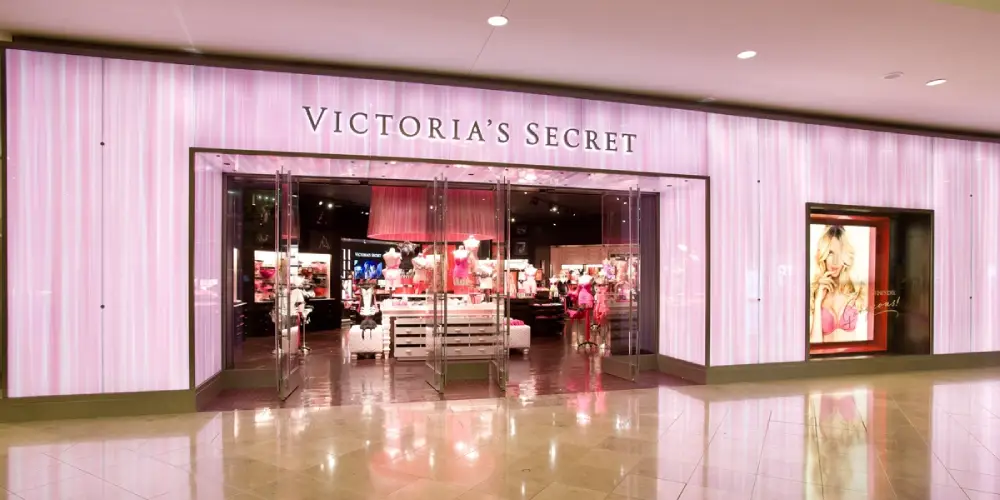
Ready to Protect Your Brand?
Don’t wait for a crisis to occur—be proactive! Equip your team with the insights and strategies needed to navigate the complex PR landscape in China.
Download our comprehensive guide on preventing and dealing with PR crises today. Position your brand for success and build lasting relationships with your audience!

Who Are These Books For?
“How to Prevent and Deal with PR Crises in China” is essential for professionals and businesses navigating China’s unique PR landscape. It provides actionable strategies to manage your brand’s reputation and handle crises effectively.
Brand Managers & Pr Professionals
For those responsible for maintaining a brand’s image, this book offers essential tools and strategies for managing PR crises in China, helping minimize damage and maintain public trust.
Digital Marketers & Social Media Managers
This book is key for marketers who manage brand presence on Chinese platforms like Weibo, WeChat, and Douyin. It provides insights into crisis management and brand engagement during online PR issues.
Executives & Decision-makers
CEOs and senior leaders will gain a strategic perspective on how to prepare for and react to PR crises in China, understanding their impact on business operations and brand reputation.
Crisis Management Teams
Crisis teams will benefit from the detailed case studies and practical steps for preparing crisis communication plans and engaging effectively with stakeholders during a PR crisis.
This book is for anyone looking to protect or improve their brand’s reputation in China, offering insights into cultural, social, and political factors that influence public opinion. It’s a must-read for preventing and handling PR crises in one of the world’s most dynamic markets
About The Author
ASHLEY DUDARENOK
Ashley Dudarenok is a globally recognized expert in China’s digital economy with over 15 years of experience in digital marketing, PR, and crisis management. As the founder of ChoZan and Alarice, she has helped dozens of global brands navigate the complexities of China’s social media, influencer marketing, and PR landscapes.
Ashley is a sought-after China keynote speaker, having delivered talks across Asia, Europe, North America, and the Middle East. Her expertise has been featured in top publications such as BBC, CNBC, and Forbes, and she is known for her practical, hands-on approach to helping businesses avoid costly mistakes when entering the Chinese market.
With deep knowledge of China’s evolving digital landscape, Ashley has worked with Fortune 500 companies, to help them build successful marketing and PR strategies in China. She is passionate about bridging the gap between Eastern and Western business practices and guiding companies to succeed in one of the most challenging yet rewarding markets in the world.
Ashley’s approach blends her in-depth market research with real-world insights, providing companies with actionable strategies that not only mitigate risk but also unlock opportunities for long-term success in China.
QUOTES FROM THE BOOK
Faq About How To Prevent And Deal With Pr Crisis
How to manage PR crises in China?
Managing PR crises in China requires immediate action and cultural sensitivity. Brands must act swiftly to control the narrative, issuing a clear, sincere, and public apology for any missteps. Apologies should be made in a way that acknowledges the cultural context, takes responsibility, and expresses regret. In China, failure to respond quickly and appropriately can escalate the situation. Additionally, brands should remain transparent and provide updates on the steps they are taking to remedy the situation. Engaging with key opinion leaders (KOLs) and influencers to help mitigate negative perception may also be helpful, but only if the apology and corrective actions are genuine.
What are the most sensitive topics to pay attention to?
Several sensitive topics in China could trigger a PR crisis if not approached carefully. These include:
Maps and Territories: Always use maps that are approved by the Chinese government. Misrepresentation of borders or territories, such as showing Taiwan as a separate country, could lead to severe backlash.
Political and Social Issues: Issues related to Tibet, Xinjiang, and Hong Kong can be highly controversial. Brands should avoid making statements or creating content that could be interpreted as supporting any anti-government stance.
Cultural Symbols: Flags, emblems, and representations of sacred or politically sensitive figures need to be handled with care. Any use of controversial symbols or references could harm a brand’s reputation in the Chinese market.
Gender and Cultural Sensitivity: While international brands often push boundaries with creative campaigns, China places a strong emphasis on maintaining respect for social harmony and cultural traditions, especially regarding gender roles, national pride, and traditional values.
How to prevent a PR crisis in China?
- Prevention is always better than dealing with a crisis afterward. Key steps for prevention include:
Research Local Sensitivities: Keep an eye on local news to understand any emerging issues that might affect your brand. Issues like political changes, social movements, or trending topics could escalate quickly if not properly handled.
Employee Education: Ensure that your employees are well-versed in your company’s values, code of conduct, and social media policies. Everyone from the CEO to junior employees should understand the sensitivity required when engaging with Chinese customers.
Localize Marketing Efforts: Marketing in China should always reflect local tastes, preferences, and cultural norms. What works in Western markets may not resonate the same way in China. Additionally, avoid any content that could be deemed disrespectful or culturally inappropriate.
Sensitivity in Communications: Be mindful of the tone and language used in all marketing efforts. Avoid humor, sarcasm, or controversial topics that could misfire or be misinterpreted. Instead, focus on respectful and value-driven messaging that aligns with the cultural sensibilities of your target audience.
How do you know if you have a PR crisis in China?
Identifying a PR crisis early can prevent it from spiraling. Keep track of your brand’s mentions across Chinese social media platforms like Weibo, WeChat, and Douyin. Use social listening tools to monitor sentiment and gauge public opinion in real-time. If you notice an influx of negative comments, boycotts, or widespread backlash, this could signal the beginning of a crisis. Additionally, regular risk assessments should be conducted to identify any weak points in your brand’s communication or operations that could lead to a crisis. Early identification allows you to take immediate corrective action before the issue escalates.
How long does it take to resolve a PR crisis?
The time required to resolve a PR crisis depends on its severity, the brand’s response, and the level of damage to the brand’s reputation. Some crises can be resolved in a matter of days with quick action and a well-handled apology, while others may take weeks or even years, particularly if they involve significant political or social issues. The longer a crisis goes unaddressed or mishandled, the more damage it can inflict. Therefore, swift and transparent actions are essential in resolving the crisis as quickly as possible.
What to do if you are involved in a PR crisis because of the brand ambassador/KOL?
When a brand ambassador or KOL becomes involved in a scandal or controversy, it can negatively affect the brand’s image. The best course of action is to immediately sever ties with the influencer and publicly distance the brand from the individual’s actions. This sends a clear message that the brand does not condone the behavior and values its reputation. Furthermore, brands should ensure thorough research of potential KOLs in the future, investigating their public history, values, and audience sentiment before collaboration. If the scandal is severe enough, the brand may also need to issue a public statement or apology.
Should we focus on online or offline PR in China?
In China, both online and offline PR are crucial. While online PR (social media and digital marketing) plays a significant role in shaping public opinion, offline events such as press conferences, public apologies, or community engagement can help strengthen your relationship with your audience. The combination of both approaches is essential in managing a crisis, as Chinese consumers expect fast, real-time responses online, as well as tangible actions and personal engagement offline.
How can I prepare for a potential PR crisis in China?
Preparation is key. Develop a crisis management plan that includes guidelines for responding to issues swiftly and appropriately. This should involve clear steps for handling social media backlash, media inquiries, and public statements. Additionally, establish a team of experts who are familiar with local Chinese culture, media, and regulatory environments. Conduct training and scenario exercises to ensure that everyone knows how to respond in case a crisis arises. Monitoring Chinese media and social media platforms regularly will also help you spot potential issues early and avoid being blindsided.
What’s the role of influencers in PR crises in China?
In China, influencers (KOLs) have a significant impact on public opinion. They can amplify your message during a PR crisis or, if mismanaged, escalate the crisis further. When handling a PR crisis, influencers can be allies by using their platforms to spread your apology and support your brand’s actions. However, influencers who are involved in or sympathize with the cause of the crisis can also harm your reputation. It is vital to choose the right KOLs to help manage the situation and ensure that their messages align with your brand’s values.
How to avoid the PR crisis in the future?
To prevent future PR crises, it’s crucial to develop a proactive reputation management strategy. This includes creating clear communication guidelines, staying sensitive to local cultural issues, and responding quickly to public feedback. Additionally, building strong relationships with Chinese media and influencers can help establish a positive image that acts as a buffer in times of crisis. Regular audits of your brand’s reputation, as well as monitoring changes in the Chinese political and social environment, will help anticipate potential challenges and address them before they become full-fledged crises.

GET YOUR FREE CHINA REPORT

READY TO LEARN HOW TO PROTECT YOUR BRAND IN CHINA?
If you want your business to thrive in China without falling victim to PR crises, “How to Prevent and Deal with PR Crises in China” is your essential guide. This book is packed with valuable insights and practical advice to help you navigate the complexities of public relations in China, avoid common mistakes, and build a strong, positive brand image.
Whether you’re new to the Chinese market or have been operating there for years, this book will equip you with the knowledge and tools you need to succeed. Don’t wait for a crisis to hit—get prepared today!
Explore More Books From Chozan
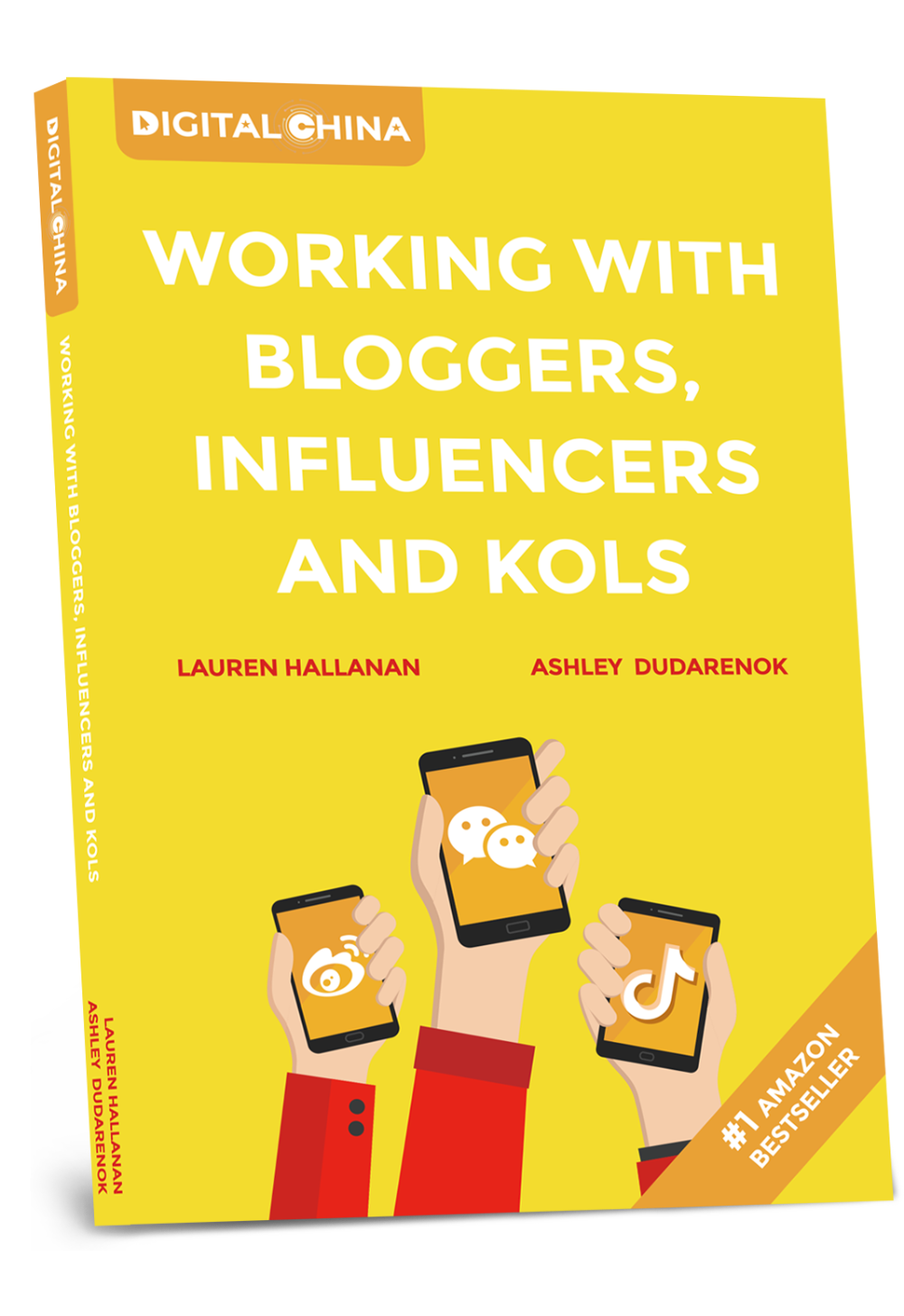
DIGITAL CHINA:
WORKING WITH BLOGGERS, INFLUENCERS AND KOLS

MODERN CHINESE CONSUMERS:
A HANDY GUIDE FOR MARKETERS
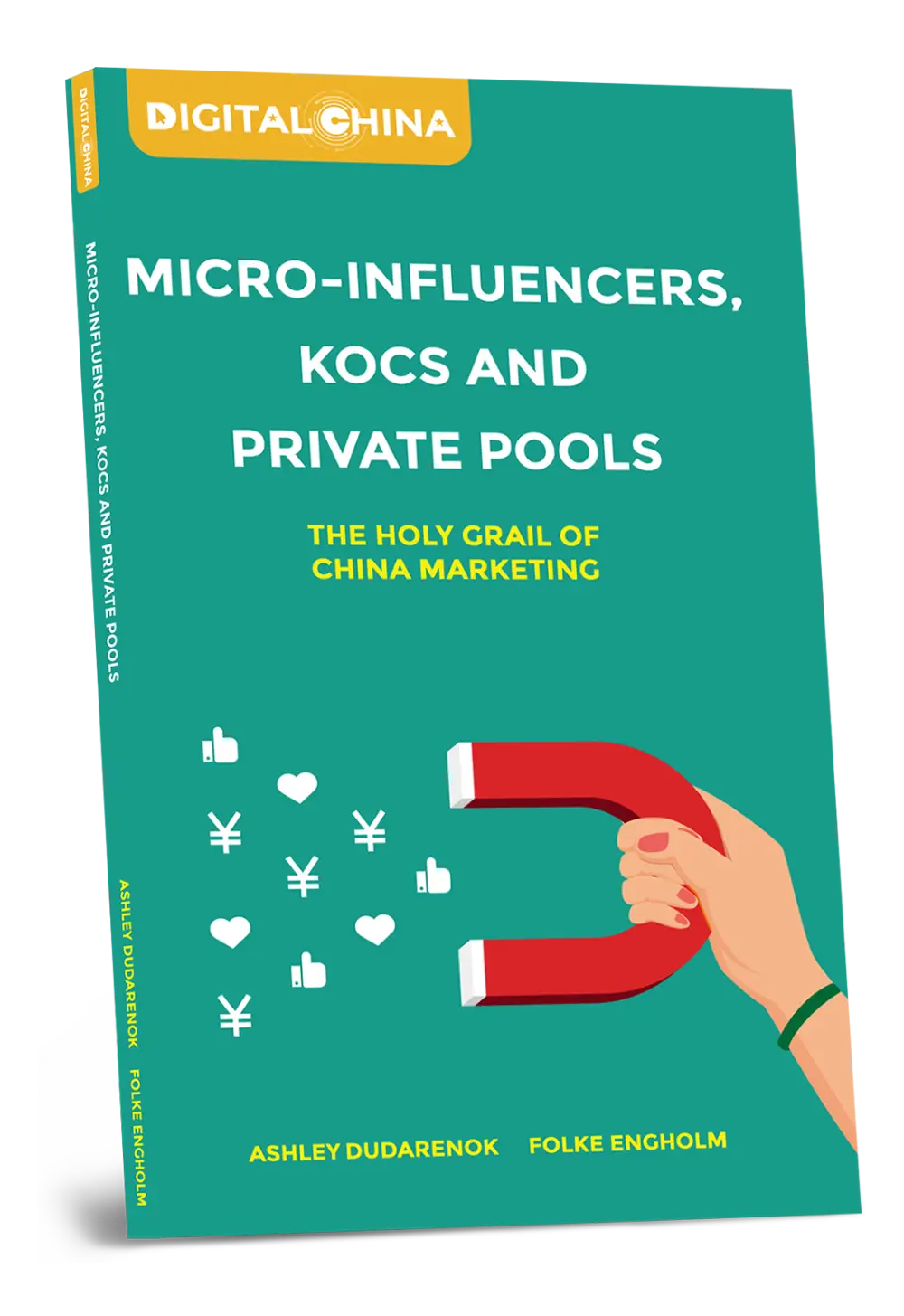
MICRO-INFLUENCER, KOCS AND PRIVATE POOLS:
THE HOLY GRAIL OF CHINA MARKETING
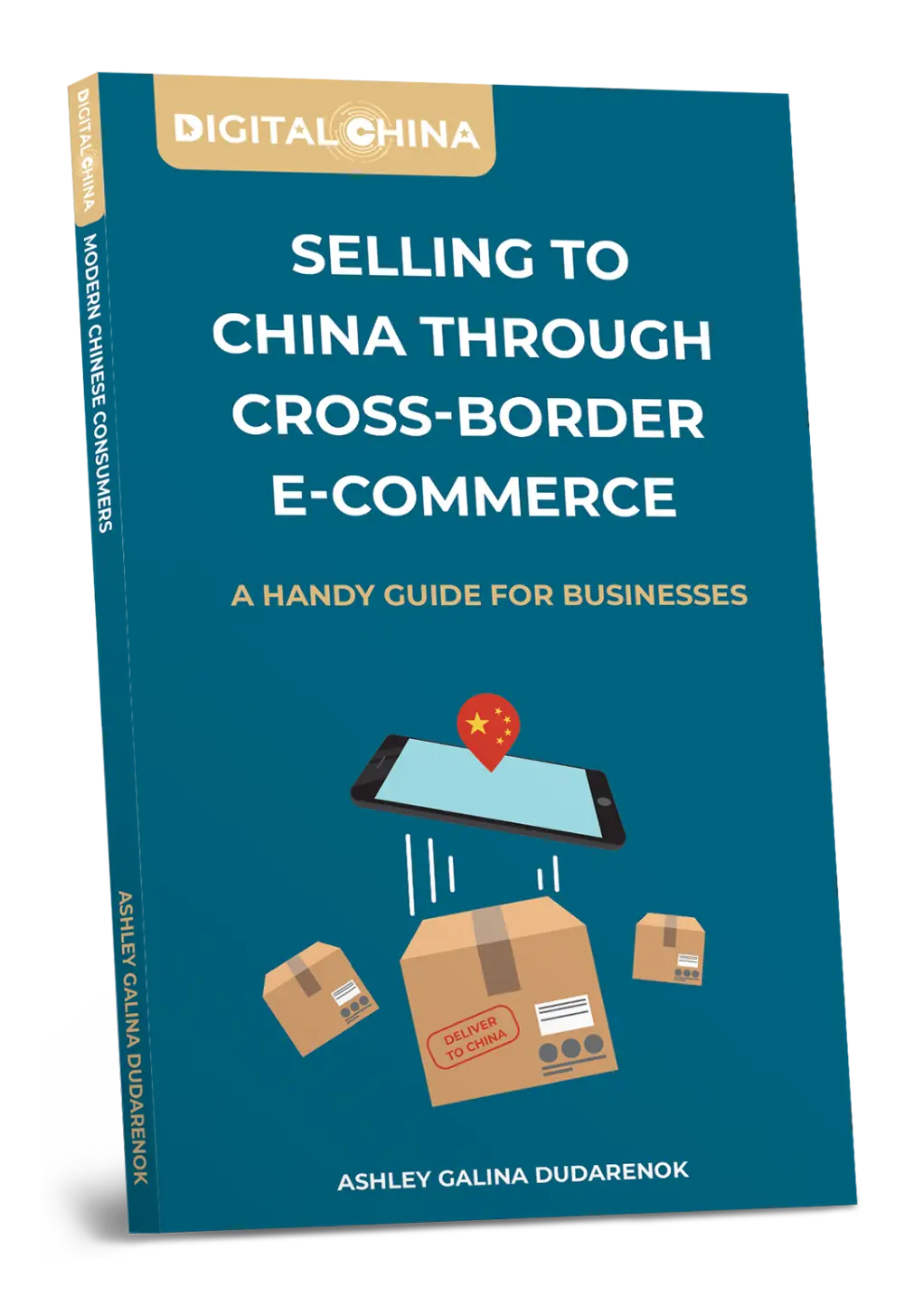
SELLING TO CHINA THROUGH CROSS-BORDER E-COMMERCE
A HANDY GUIDE FOR BUSINESSES
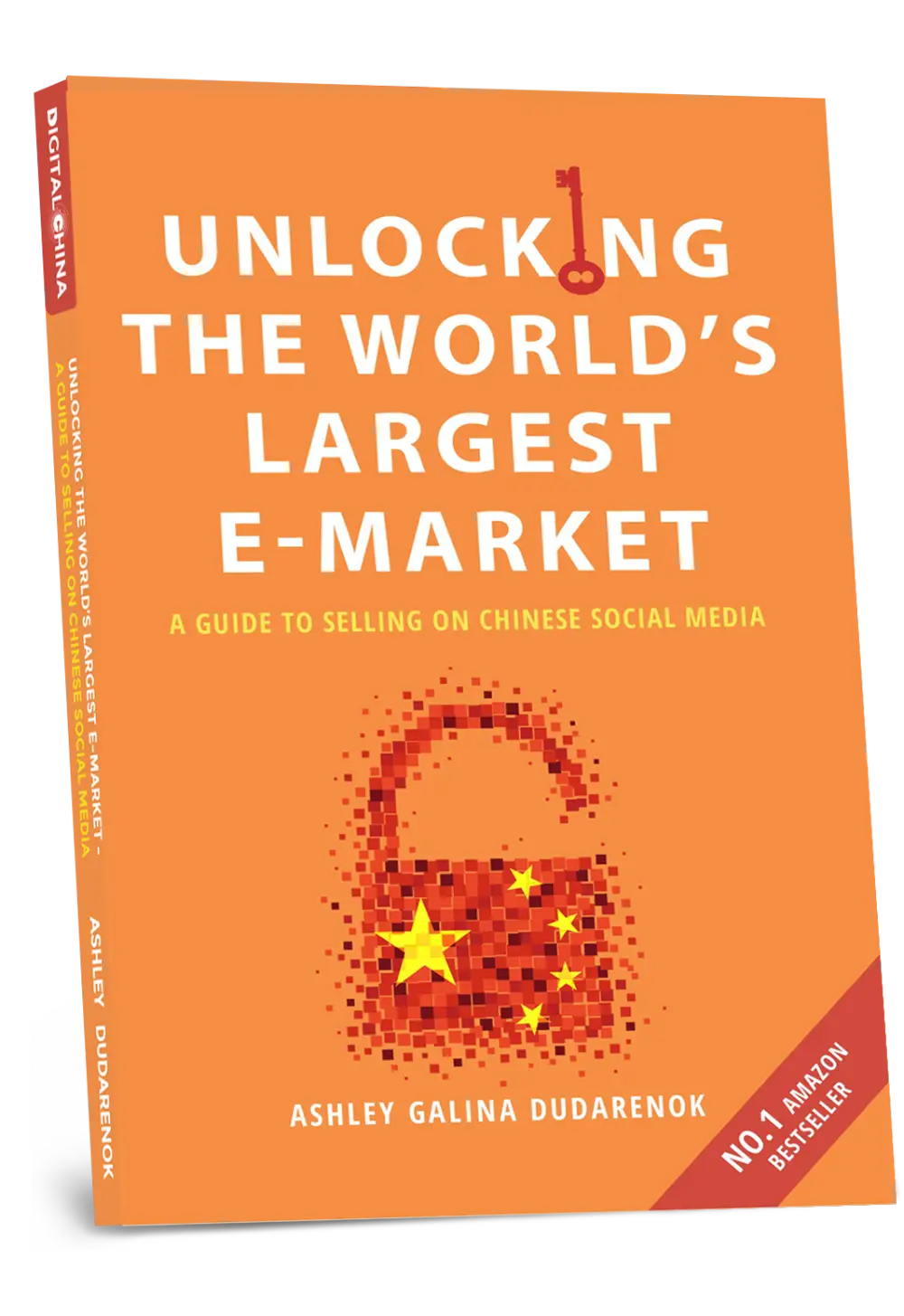
UNLOCKING THE WORLD’S LARGEST E-MARKET:
A GUIDE TO SELLING ON CHINESE SOCIAL MEDIA
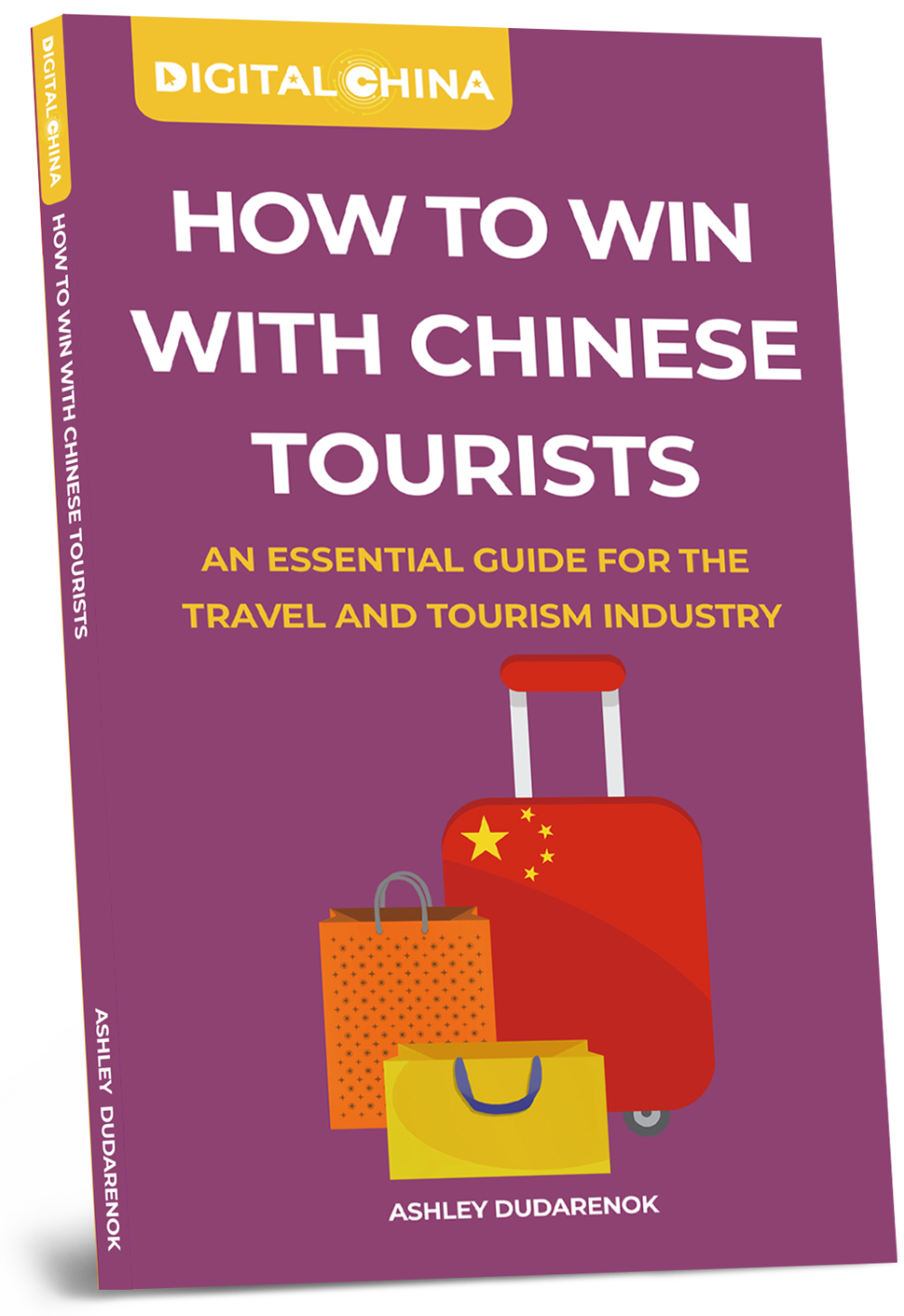
HOW TO WIN WITH CHINESE TOURISTS
AN ESSENTIAL CUIDE FOR THE TRAVEL AND TOURISM INDUSTRY




